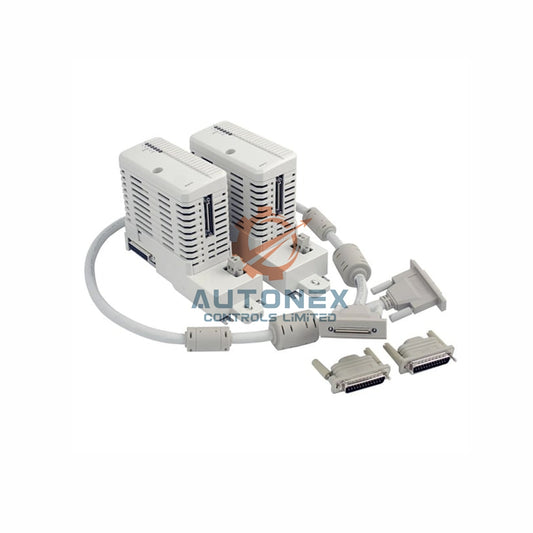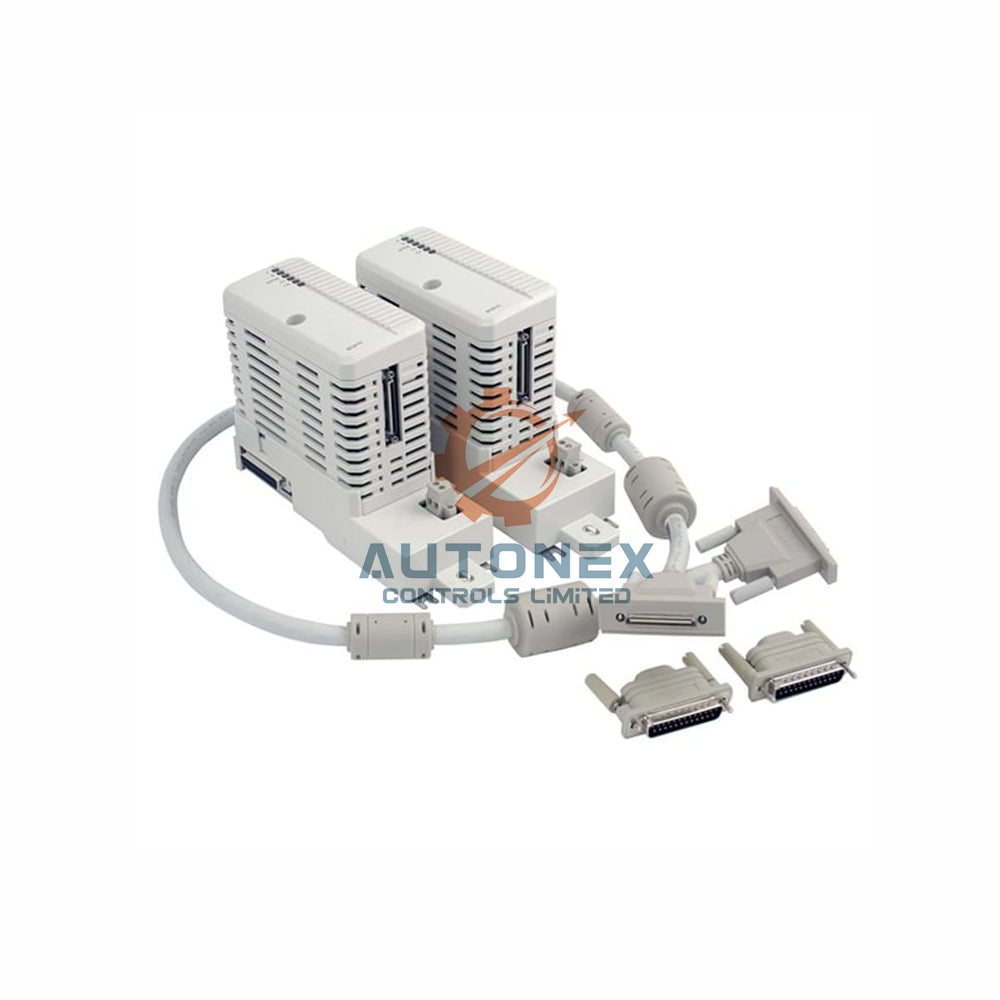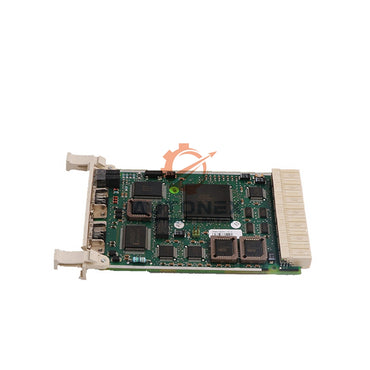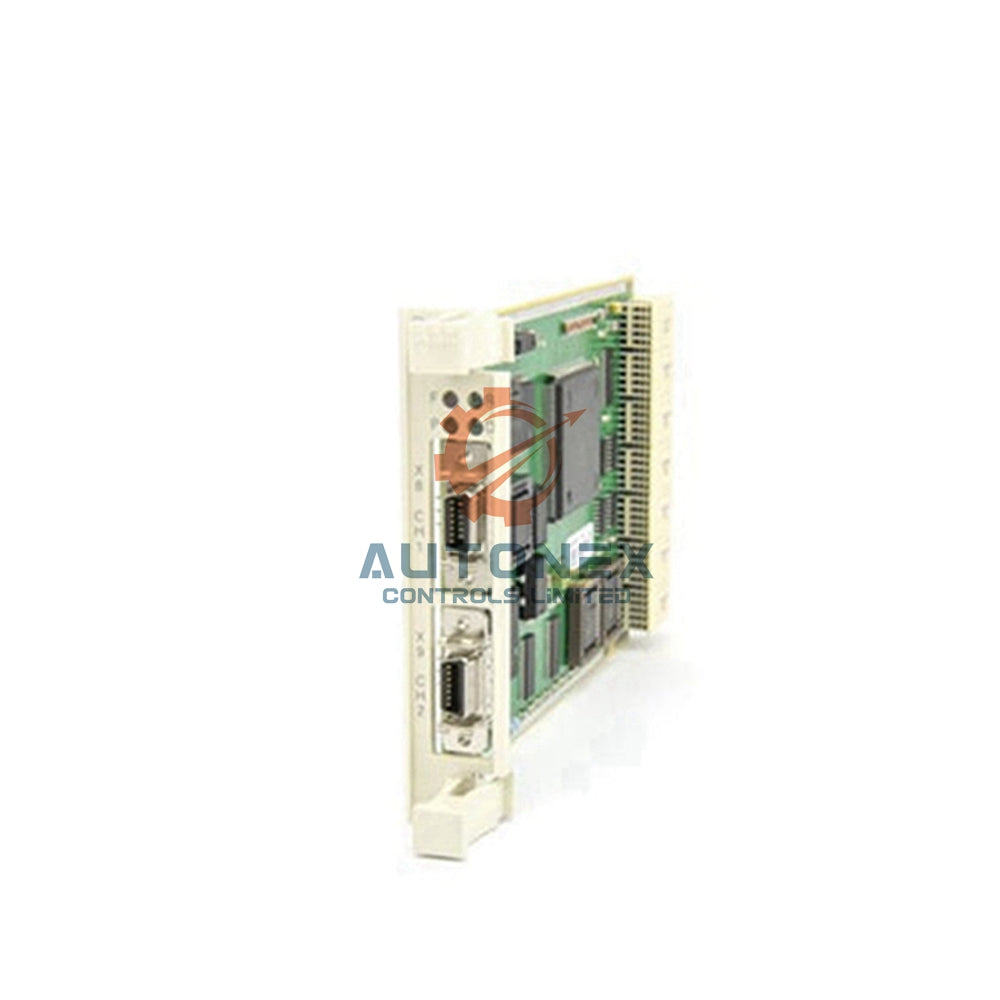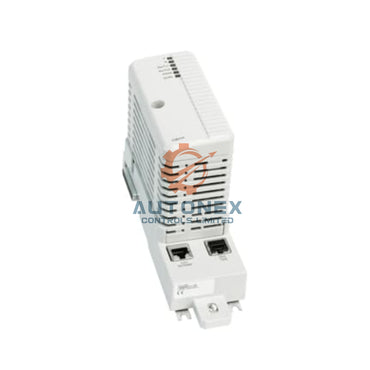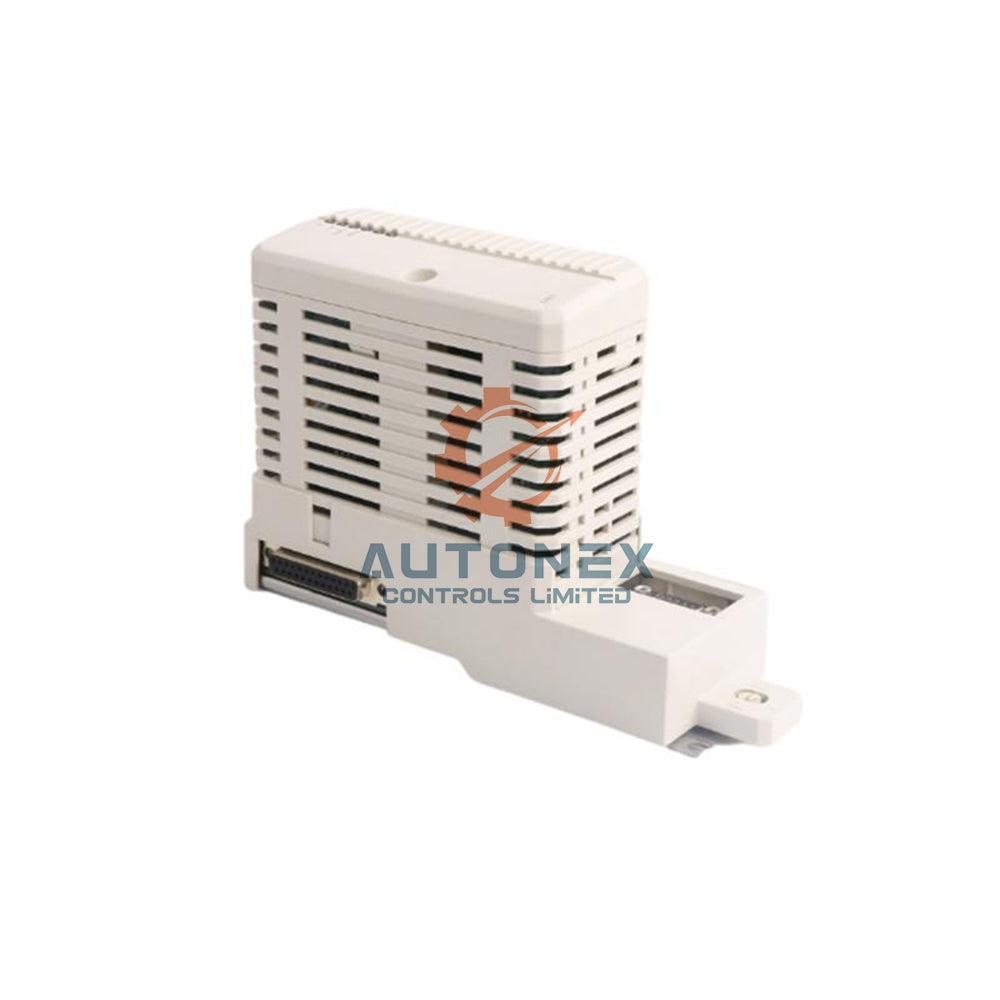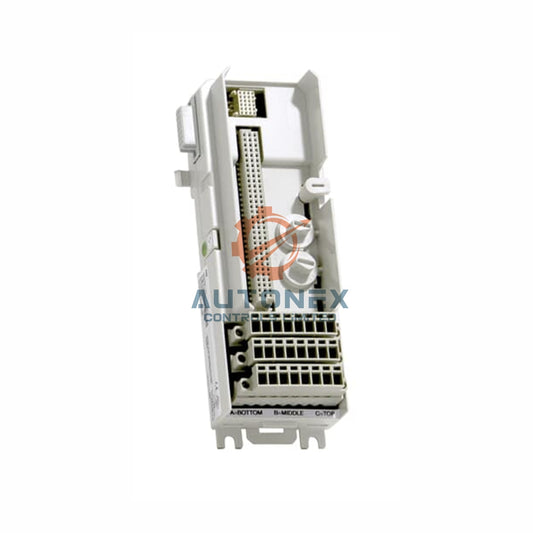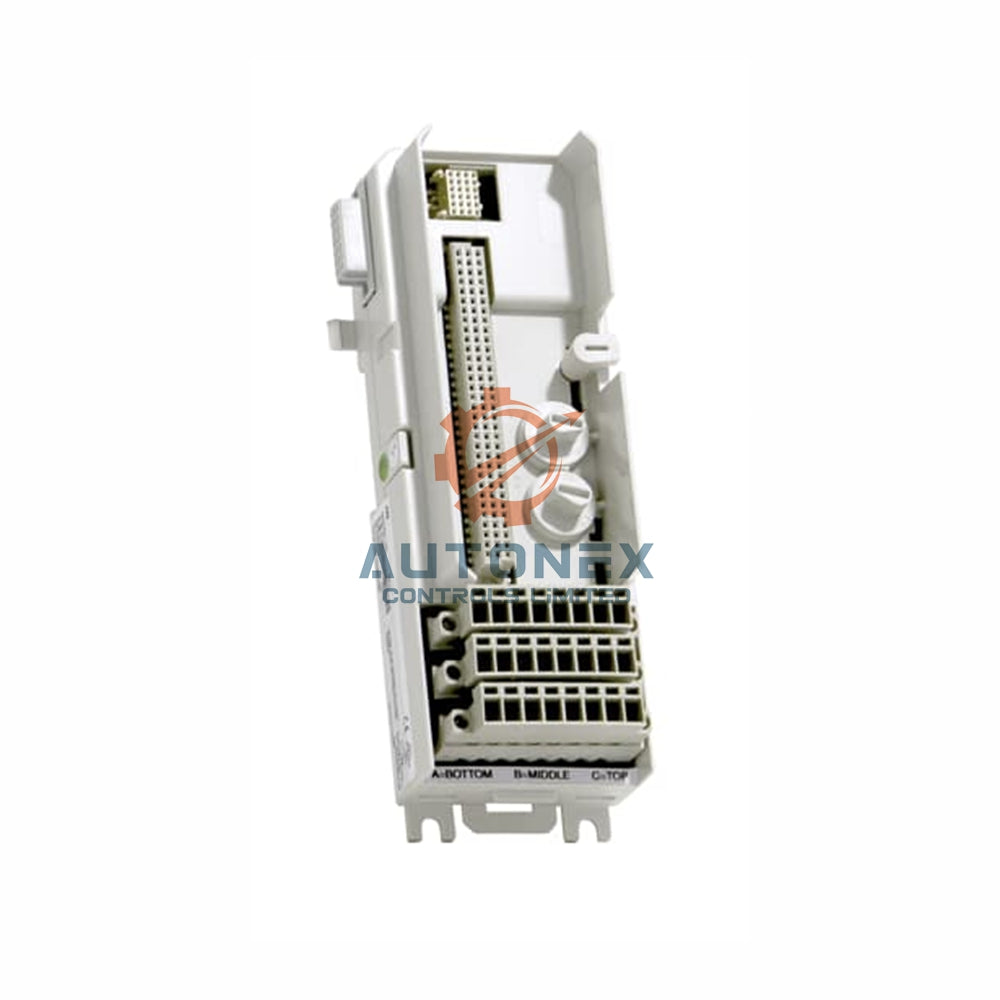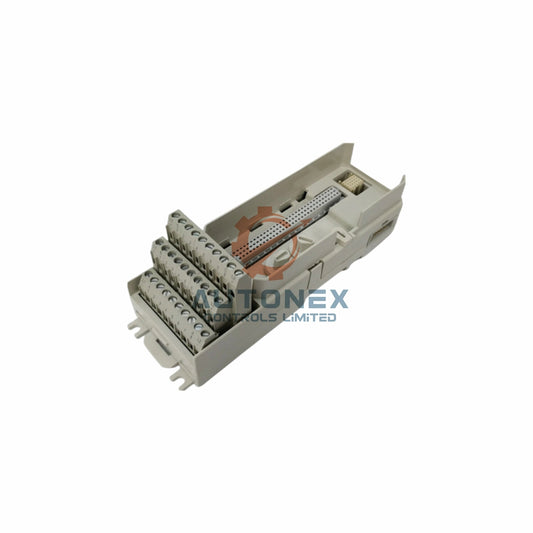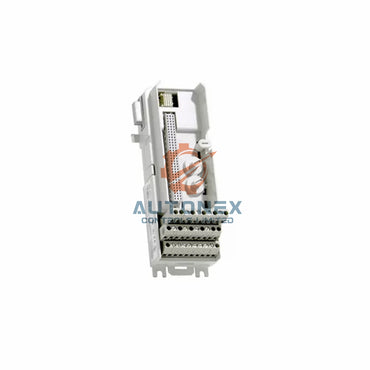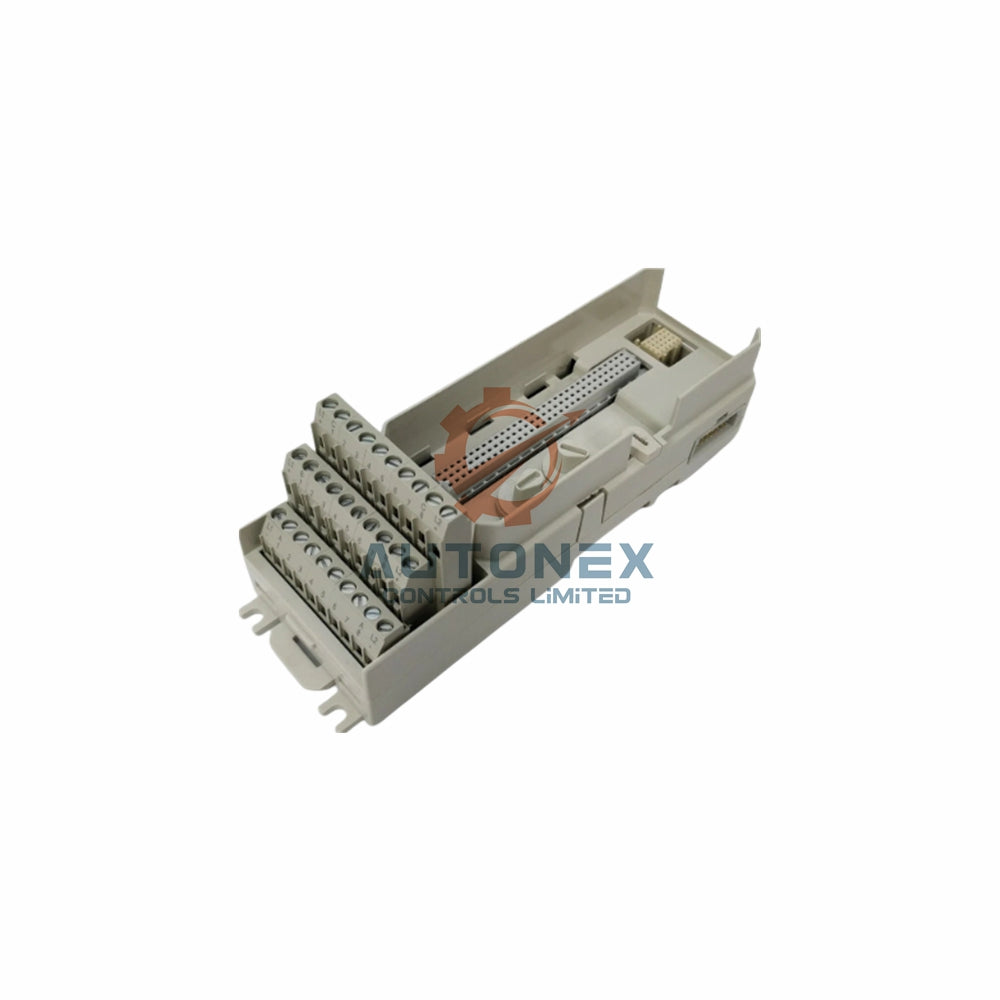PowerFlex 525 Fault Codes: Troubleshooting Guide and Prevention Strategies
Understanding Drive Fault Conditions
Industrial drives occasionally generate fault codes. These alerts protect equipment from damage. When faults occur, production lines may stop completely. Maintenance teams need quick solutions. This guide explains common PowerFlex 525 errors. We provide clear troubleshooting steps and prevention methods.
F004 – Under Voltage Condition
This fault indicates insufficient input voltage. Power interruptions often cause it. Loose connections and long cables also contribute. Check all terminal connections thoroughly. Consider installing line reactors if needed. Undersized wiring frequently triggers this issue. Increase ramp-up time parameter P039 for better performance.
F013 – Ground Fault Detection
Electrical leakage to ground triggers this fault. Damaged insulation typically causes it. Moist environments accelerate this problem. Perform megger testing on all cables. Use VFD-rated shielded cables for prevention. Load-based tripping suggests motor insulation failure. Isolate components to identify the exact source.

F005 – Over Voltage Protection
Excessive DC bus voltage activates this fault. Rapid deceleration of heavy loads often triggers it. Regenerative energy from motors also contributes. Install braking resistors to absorb extra power. Adjust deceleration time using parameter P040. Enable DC bus regulation via parameter P041. Large fan and pump applications commonly experience this issue.
F029 – Thermal Overload Condition
Heatsink temperature exceeds safe limits. Dirty filters and failed fans are common causes. High ambient temperatures worsen this situation. Clean all air passages regularly. Verify cooling fan operation periodically. Reduce motor loading if possible. Ensure adequate spacing between drives in enclosures.
F038 – External Fault Input
This indicates an active external safety signal. Safety relay interruptions typically cause it. Incorrect parameter settings may also trigger it. Check all digital input wiring carefully. Review parameter P052 and related settings. Reconfigure unnecessary external fault inputs. This often occurs after safety system modifications.
F122 – Communication Interface Error
Network connectivity issues generate this fault. Cable problems and IP conflicts are common causes. Firmware mismatches also create this condition. Restart the drive and reconnect all cables. Verify firmware versions match your system. Update EDS files in your programming software. Laptop disconnections during operation often trigger this fault.
Effective Fault Reset Procedures
After resolving the underlying issue, reset the drive. Press the Stop/Reset button firmly. Alternatively, cycle power to the unit. Use Connected Components Workbench for remote reset. Programmable logic controllers can also send reset commands. Always verify the fault cause before resetting.
Proactive Fault Prevention Methods
Preventing faults saves significant downtime. Implement these strategies systematically. They reduce operational disruptions and maintenance costs.
Comprehensive Fault Documentation
Maintain detailed records of all fault occurrences. Note the timing and operating conditions. Identify patterns across shifts or seasons. Document environmental factors and load conditions. This data reveals underlying system weaknesses. Simple logbooks provide valuable troubleshooting insights.
Strategic Parameter Configuration
Optimize these key parameters for better performance:
P041 – DC Bus Regulator: Manages regenerative energy
P042 – Current Limit: Prevents unnecessary overload trips
P050 – Fault Masking: Filters temporary non-critical faults
P090 – Auto Reset: Enables automatic recovery from minor faults
Environmental Maintenance Protocols
Contaminants severely impact drive reliability. Dust and moisture cause numerous faults. Establish regular cleaning schedules every three months. Verify adequate ventilation around drives. Ensure enclosure cooling systems function properly. Monitor ambient temperature conditions consistently.

Proper Cable Selection and Installation
Cable quality significantly affects drive performance. Always use VFD-rated shielded cables. Ground shields properly at the drive end. Separate power and control cable routing. These practices reduce electrical noise and prevent false faults.
Parameter Backup Procedures
Regularly backup all drive configurations. Use Connected Components Workbench software. Document parameter settings manually if needed. Store backups in multiple secure locations. This practice enables quick recovery after drive replacement.
Expert Technical Perspective
Modern drives require sophisticated maintenance approaches. From my experience, most faults stem from installation issues. Proper commissioning prevents numerous problems. Regular preventive maintenance proves crucial for reliability. Parameter optimization significantly enhances performance. Understanding application specifics helps customize solutions.
Practical Application Scenarios
Consider a packaging line with frequent stoppages. F005 faults occur during rapid stops. Implementing longer deceleration times solves this. In wastewater treatment, F013 faults plague pump systems. VFD-rated cable installation eliminates these issues. Manufacturing plants experience F029 faults in summer. Improved ventilation resolves overheating problems.
Frequently Asked Questions
What causes under voltage faults during operation?
Voltage sags from other equipment starting typically cause this. The drive detects even brief power dips. Upgrading power distribution often helps.
How can I distinguish between motor and cable ground faults?
Disconnect the motor and test components separately. The megger test identifies insulation breakdown location. Cable faults usually show consistent resistance readings.
Why do over voltage faults occur during deceleration?
Motors act as generators during slowing down. This regenerative energy raises DC bus voltage. Braking resistors absorb this excess power effectively.
What maintenance prevents heatsink overtemperature faults?
Regular filter cleaning and fan verification are essential. Maintain clear air passages around the drive. Monitor operating temperatures periodically.
How do I resolve communication faults after network changes?
Verify IP address conflicts first. Check cable integrity and connections. Update EDS files and firmware versions as needed.
Check below popular items for more information in Autonexcontrol


